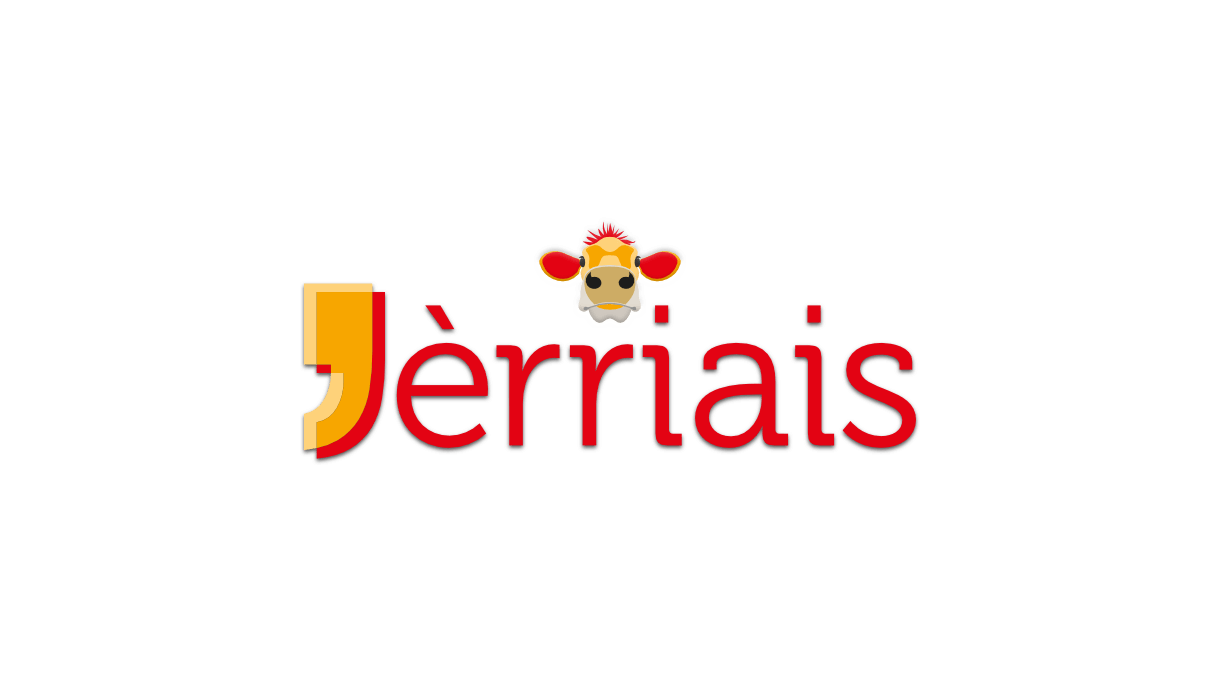 Auprès les ban’ses, la pons’rêsse!
Auprès les ban’ses, la pons’rêsse!
After the buns, the nightmare!
The Picard blog bramint / gramint / granmint / grinmint / bran.mét de / ‘d / d’ / ed mots recently blogged on Nasalisation et non-nasalisation en picard with a quick run-through of how nasalisation and non-nasalisation is handled in the orthographies of some of the Oïl languages. Here’s the snippet about Norman:
En normand, on utilise également simplement le n (celle de Fernand Lechanteur reprise de l’anglo-normand du moyen-âge) :
– in = se prononce i ou in selon les régions (amin [amẽ / ami])
– aun = soit “an”, soit comme une diphtongue nasale : kaunt [kã / kaã] “quand” ; “àn” en guernesiais chez Georges Métivier
– oun = soit “on” soit comme une diphtongue nasale : pound [põ / poõ] “pont”
Antony Liddicoat pour transcrire le serquiais, a utilisé la tilde ou le circonfèxe : ã, ê, õ.
One of the multifarious uses of the apostrophe in Jèrriais is to mark the pronunciation of the preceding consonant (in situations where other rules would indicate non-pronunciation), so the apostrophe in ban’se tells us to pronounce the n instead of the nasal an (compare the well-known brancage). Ban’se is a borrowing from English buns – one of those plurals borrowed as singulars we’ve covered before. For another example: bonn’ton demonstrates both non-nasalisation and nasalisation – compare with nasalised bouônté.

